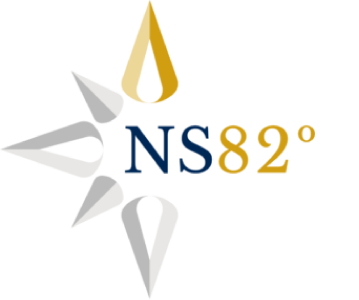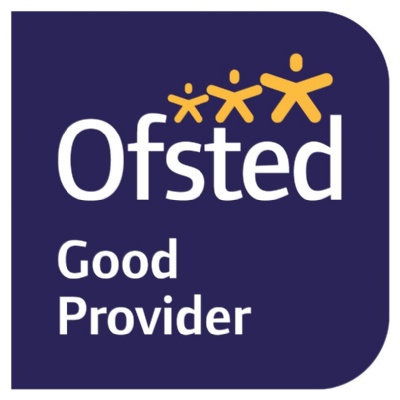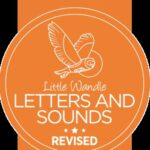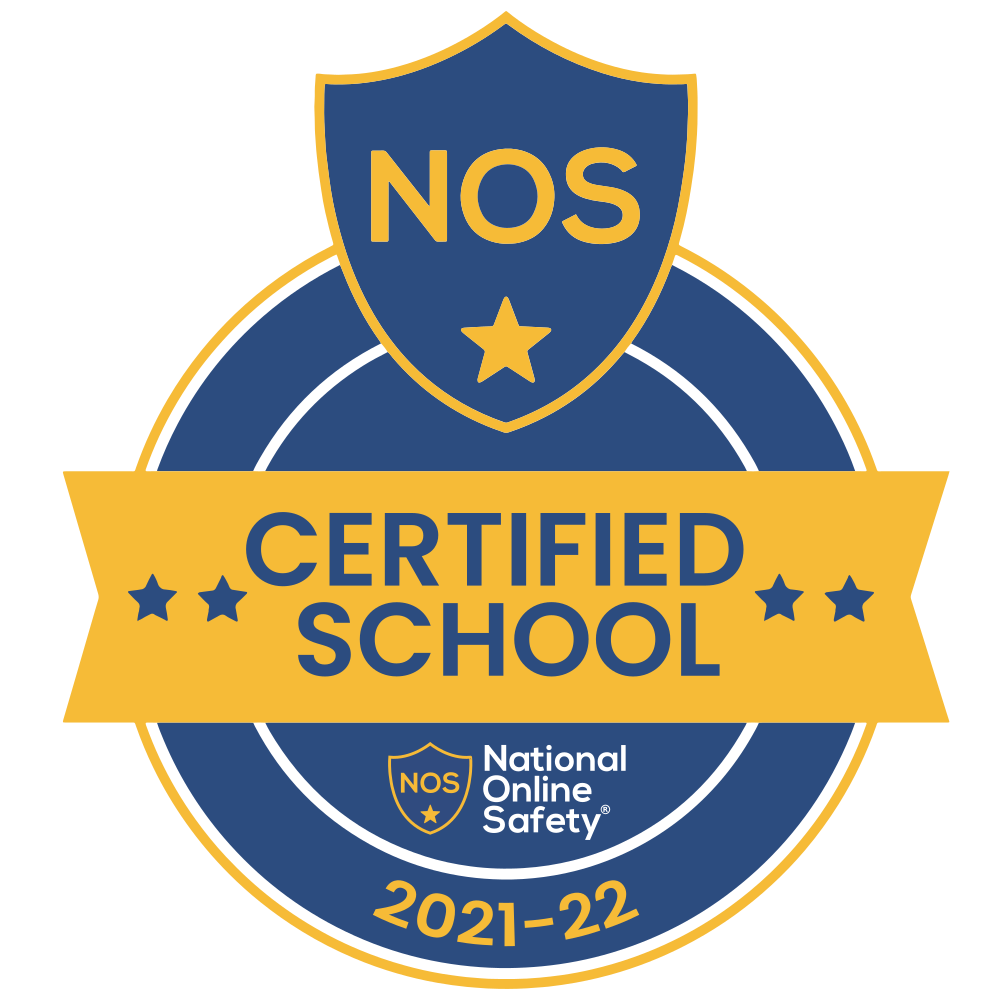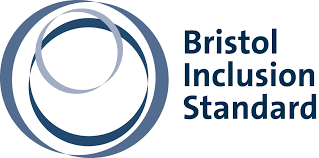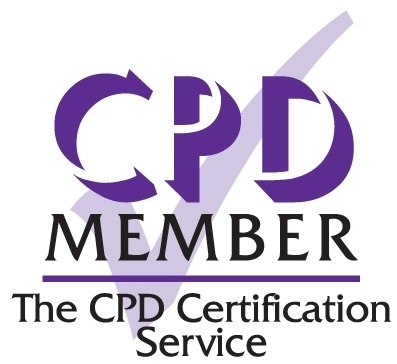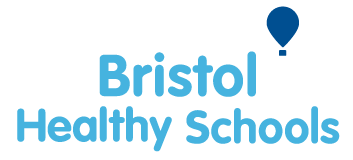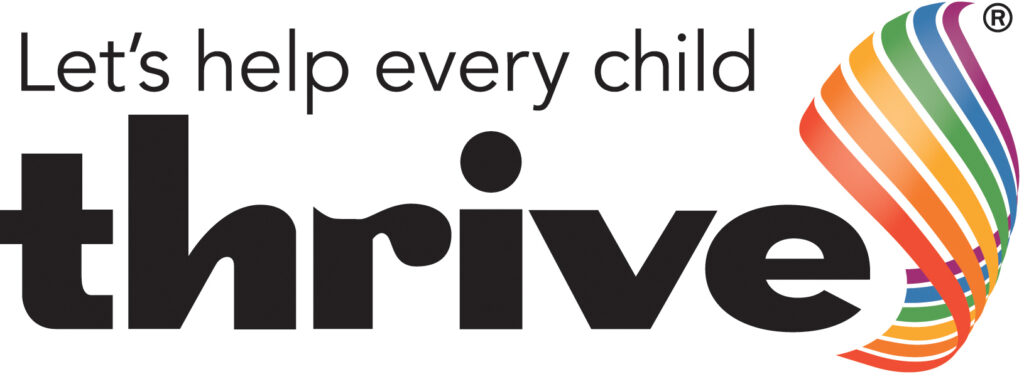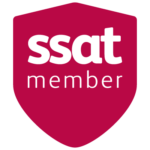Mathematics
Mathematics is taught every day at North Star 82°.
We teach mathematics to groups of children with similar mathematical ability. Through assessment and an understanding the needs of our pupils, teaching is precise and we ensure everyone understands new learning before moving on.
Mathematics at North Star 82°
Mathematics is a fundamental part of education at North Star 82, providing pupils with essential problem-solving skills and logical reasoning. The daily encounter with maths, whether through structured lessons or practical application in the community, is crucial for developing numeracy. This not only prepares children for the mathematical challenges of daily life but also enriches their understanding of the world around them. The programme, White Rose Maths, follows a structured approach that supports the development of a deep understanding of mathematical concepts, fostering a positive attitude towards learning and an appreciation for the value of maths in everyday life.
Cold Task
At the start of a new unit, children will complete a ‘cold’ task so the teacher can check what they already know and if they are ready for the new learning.
Teacher and pupils then talk about what they know about a topic while the teacher makes notes. Teachers will then teach the mathematical language needed for the unit.
Arithmetic
This involves the key skills of addition, subtraction, multiplication and division. We spend 10 minutes practising arithmetic every day.
For children learning at pre-Key Stage 1 curriculum, they will learn about number formation and the number of quantities. By the end of school, they should be ready to move onto addition within 10 and number bonds.
Times Tables
We learn our times tables in this order:
2 x tables, 5 x tables, 10 x tables, 3 x tables, 4 x tables, 8 x tables, 6 x tables, 9 x tables, 11 x tables, 7 x tables, 12 x tables
The children are tested on their times tables regularly in school.
Assessment
Children will sit a test at the end of each unit of work to find out if children have fully understood what was taught that term. In term 6, children will sit the end of year test which covers everything they have learned that year.
Here you will find details of the sequence and scope of Mathematics learning for all levels of ability here at school.
Maths Curriculum progression plan
